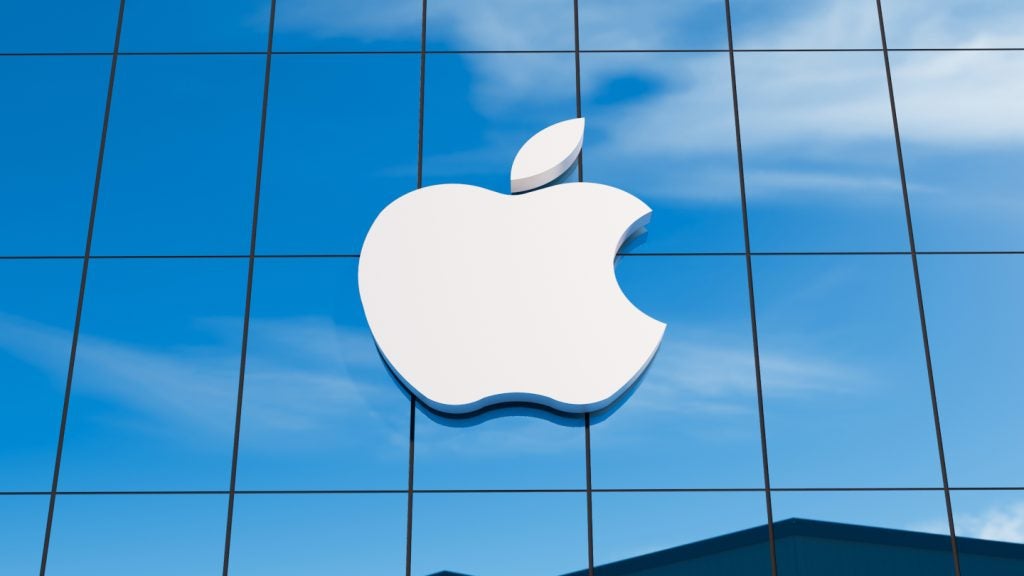Providers of augmented reality (AR) solutions for businesses, such as PTC, are hoping the technology will take off in a big way – but is businesses taking the bait?
At this year’s PTC ‘digital transformation‘ LiveWorx show, held 10-13 June in Boston, US, the use of AR by business and industry was in the spotlight.
How does AR work?
The technology is positioned by PTC as a way to bridge the physical and digital worlds. AR can digitally replicate an object such as a machine used in a manufacturing environment, or a complicated subsystem used in a complex field environment, such as an oil rig.
It essentially makes either a 3D model that can be viewed with a HoloLens or other smart glasses technology (using PTC’s app Creo) or a digital twin in two dimensions (for viewing on a smart device) that accurately represents all components of the machine with all parts easy to discern.
The model can have annotations added, including step-by-step training instructions, or have sections identified using colours or special effects. The AR model can provide simulations to assist in operations, such as seeing both the inside and outside of a machine or component, or simulations such as refilling a fuel tank, or opening and closing a valve.
In 2015, PTC acquired Vuforia, an AR software provider, which the company said would help it to create content with 3D overlays and allow developers to create branded solutions.
How well do you really know your competitors?
Access the most comprehensive Company Profiles on the market, powered by GlobalData. Save hours of research. Gain competitive edge.

Thank you!
Your download email will arrive shortly
Not ready to buy yet? Download a free sample
We are confident about the unique quality of our Company Profiles. However, we want you to make the most beneficial decision for your business, so we offer a free sample that you can download by submitting the below form
By GlobalDataHow is AR applied?
The primary case for AR is for helping workers in factories assemble, use, and fix equipment. For example, by remotely helping a technician that is providing service on equipment in the field (which can save on expensive service calls or training classes), and by allowing sales and marketing personnel to show customers products and their advanced features, often remotely while on a sales call.
A panel discussion at LiveWorx 2019 heard from business leaders selling the benefits that AR has had on their business performance:
• Global Foundries, a large semiconductor manufacturer, saw an improved speed of manufacturing driving greater efficiency, hands-free operations, and improved training with 3D immersive experiences.
• Howden, a provider of industrial equipment – such as fans, compressors and heaters – used AR for remote assistance and training which saved on travel costs, as well as to empower services engineers in their factories, and for transforming the customer experience.
• Fujitsu used AR for on-site customer support for devices the company sells to retailers – such as pin pads for check-out – which were frequently requiring repair and AR allowed them to avoid service calls by having retail customers quickly repair the devices themselves.
• Agrekko, a provider of temporary power solutions – for Olympics stadiums, the SuperBowl and in developing countries without permanent power – used AR to off-load lower-level training to AR simulations in order to save costs on classroom training that is now used primarily for more sophisticated training requirements.
What are its limitations?
Although AR is established in the world of consumer gaming through HoloLens and other smart glasses and helmets, it is only now starting to gain ground in the business environment and some obstacles stand in the way of its future success.
Expensive devices – the Microsoft HoloLens is not just, allegedly, hard to find due to low availability, but costs upward of $3,500 per device. While AR can be used on a tablet or smart-phone, the experience is not as compelling and is not hands-free, making it slightly awkward to use as a virtual training manual to help workers service equipment in the field. Google is, however, repositioning Google Glass as an enterprise device and will be offering it for $999.
Corporate culture – many companies still believe in one-on-one training, whether it is live, delivered via live streaming or a training video.
Not a stand-alone solution – many companies are using AR in conjunction with 3D modelling for product design, IoT for connected products, and machine learning or other forms of AI for process efficiency and data analytics. Together, these technologies help a company through the phases of real digital transformation. But the majority of companies – let alone manufacturers – are just at the beginning of this journey. AR as a stand-alone technology may be a harder sell.
.
While the AR market is yet to strike gold, providers of the technology, such as PTC, Google, and Microsoft, as well as providers of gaming devices and content remain passionate about the opportunities it brings.
In addition, champions of the concept of Extended Reality (XR) which combines both AR and Virtual Reality (VR) – “using VR to experience the environment and AR to change how it looks” – are finding new or expanded use cases both in the consumer and business environments.









Related Company Profiles
Fujitsu Ltd
Global Foundries Inc
Google LLC
Microsoft Corp
PTC Inc